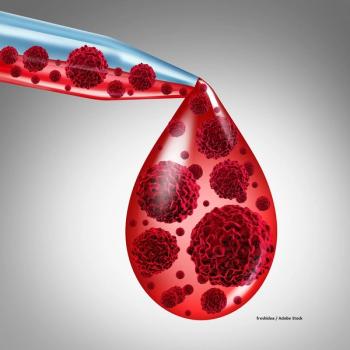
Researchers utilized a targeted next-generation sequencing (NGS) panel developed at Oregon Health & Science University to assess the clearance of mutations after therapy, clonal evolution at relapse, and combinations of mutations.

Your AI-Trained Oncology Knowledge Connection!


Researchers utilized a targeted next-generation sequencing (NGS) panel developed at Oregon Health & Science University to assess the clearance of mutations after therapy, clonal evolution at relapse, and combinations of mutations.
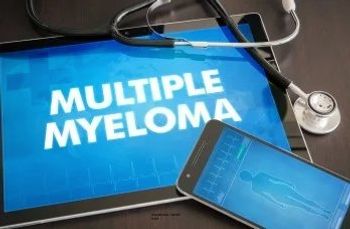
Researchers looked to see how a patient's monoclonal gammopathy of undetermined significance status affects their risk for multiple myeloma.

Researchers assessed patients with biliary tract cancer (BTC) who underwent ctDNA testing by means of a clinically available assay and analyzed samples using a 73-gene panel.

Laparoscopic treatment during pregnancy is becoming an option for more women.




In elderly patients with brain metastasis secondary to small cell lung cancer, whole brain radiation therapy was linked to a modest rise in survival.

Researchers looked at diagnosis, assessment, treatment, and prognosis of women diagnosed with cervical cancer while pregnant.



The 2019 American Society of Clinical Oncology (ASCO) Annual Meeting, which took place May 31–June 4 in Chicago, drew more than 32,000 oncology specialists from around the world.

The US Food and Drug Administration recently approved a new indication for olaparib for maintenance treatment in adult patients with germline or somatic BRCA-mutated advanced epithelial ovarian cancer.

A new trial investigated the efficacy of XELOX vs GEMOX as first-line therapy for advanced biliary tract cancers.

Findings on the efficacy of the RET inhibitor BLU-667 in RET-altered medullary thyroid cancer and papillary thyroid cancer patients was presented at ASCO 2019.

Despite better detection, the incidence of pediatric thyroid cancer increased by 9.5% per year from 2006 to 2013 compared with 1.1% per year from 1973 to 2006.

Study authors evaluated clinically relevant differences in nonwhite vs white pediatric patients with melanoma and atypical melanocytic neoplasms.

The American Cancer Society's Cancer Facts & Figures 2019 report summarized the rate of melanoma over the past 30 years, mortality, and incidence based on sex and ethnicity.
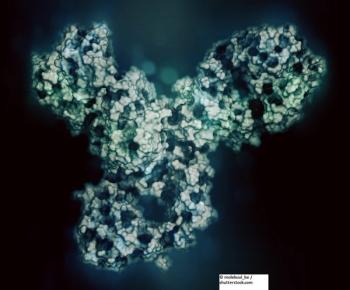
In this installment of Oncology Drug Updates, updates to FDA approvals for pembrolizumab in the treatment of lung cancer and RCC are highlighted.

Researchers found several risk factors for regional nodal recurrence in patients with papillary thyroid cancer, all of which can be easily evaluated in the clinical setting.

Vitamin D deficiency may be a negative prognostic indicator for papillary thyroid cancer, according to the results of a recent retrospective study.

The authors discuss the potential use and limitations of immunotherapy among patients with squamous cell cancer, basal cell carcinoma, and other skin cancers.
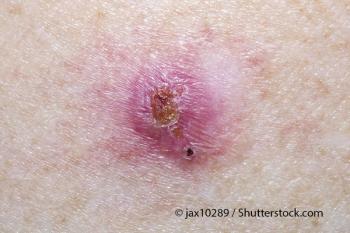
Researchers evaluated the response of patients with BCC to fractionated photodynamic therapy at 30 days after treatment.

A recent study in Surgery found that thyroid cancer survivors reported increased complications related to surgery and radioactive iodine ablation.

A recent study evaluated the impact of recommendations encouraging less aggressive lobectomy for patients with small papillary thyroid cancers.
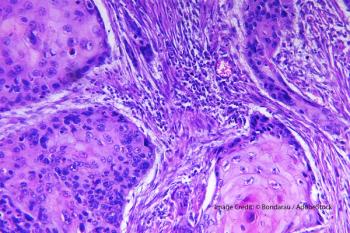
Researchers evaluated whether treatment with calcipotriol plus 5-fluorouracil aided in reducing the risk of squamous cell carcinoma.

The association between the presence of several viruses and non-melanoma skin cancer was investigated in a recent study.

Researchers evaluated the impact of dose interruption on survival for lenvatinib vs placebo in patients with progressive differentiated thyroid cancer.

A meta-analysis looked at the controversial link between decreased serum 25-hydroxyvitamin D levels and incidence of thyroid cancer.

A review published in Experimental Dermatology examined the safety and efficacy of nicotinamide in reducing non-melanoma skin cancers.